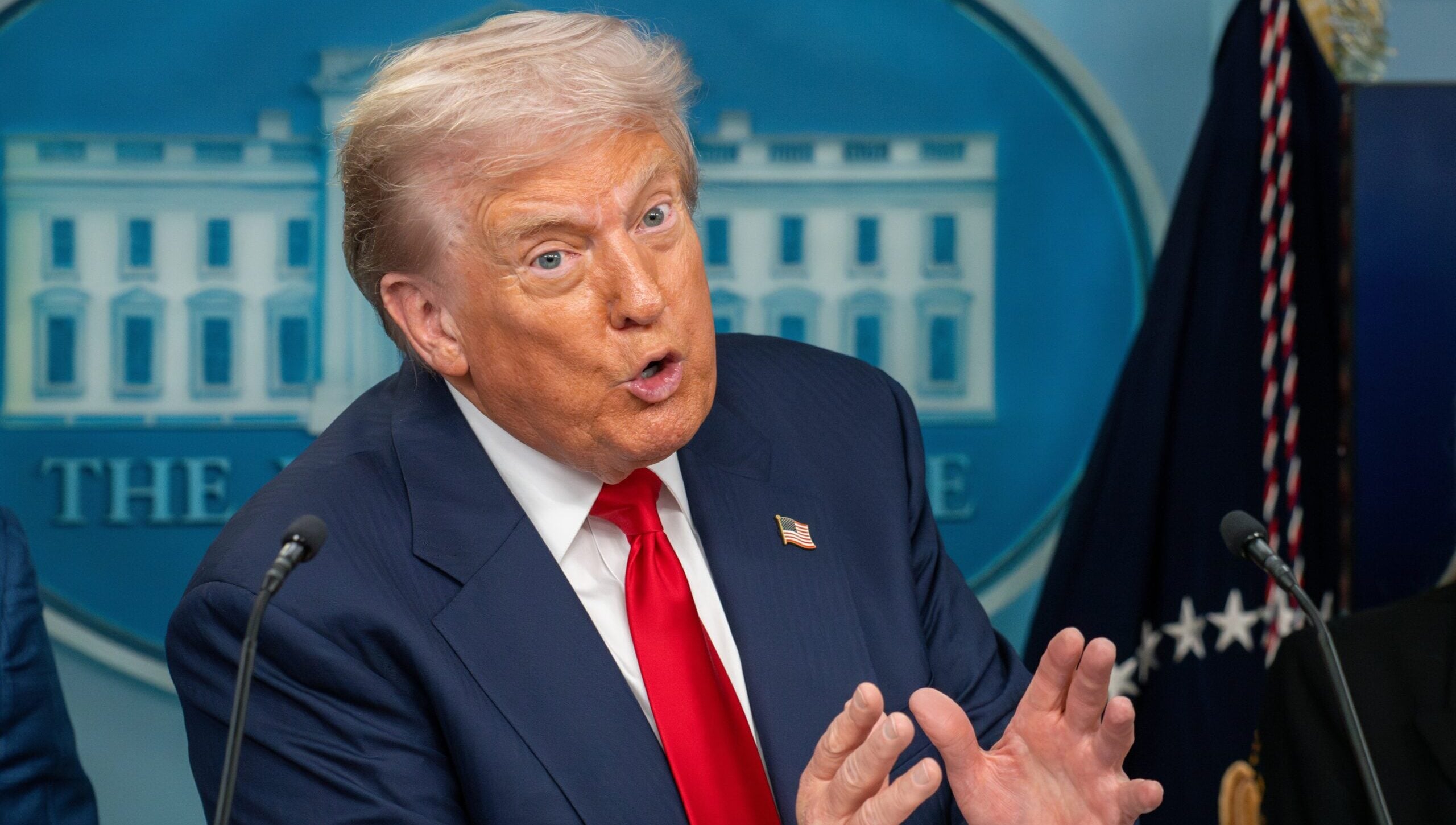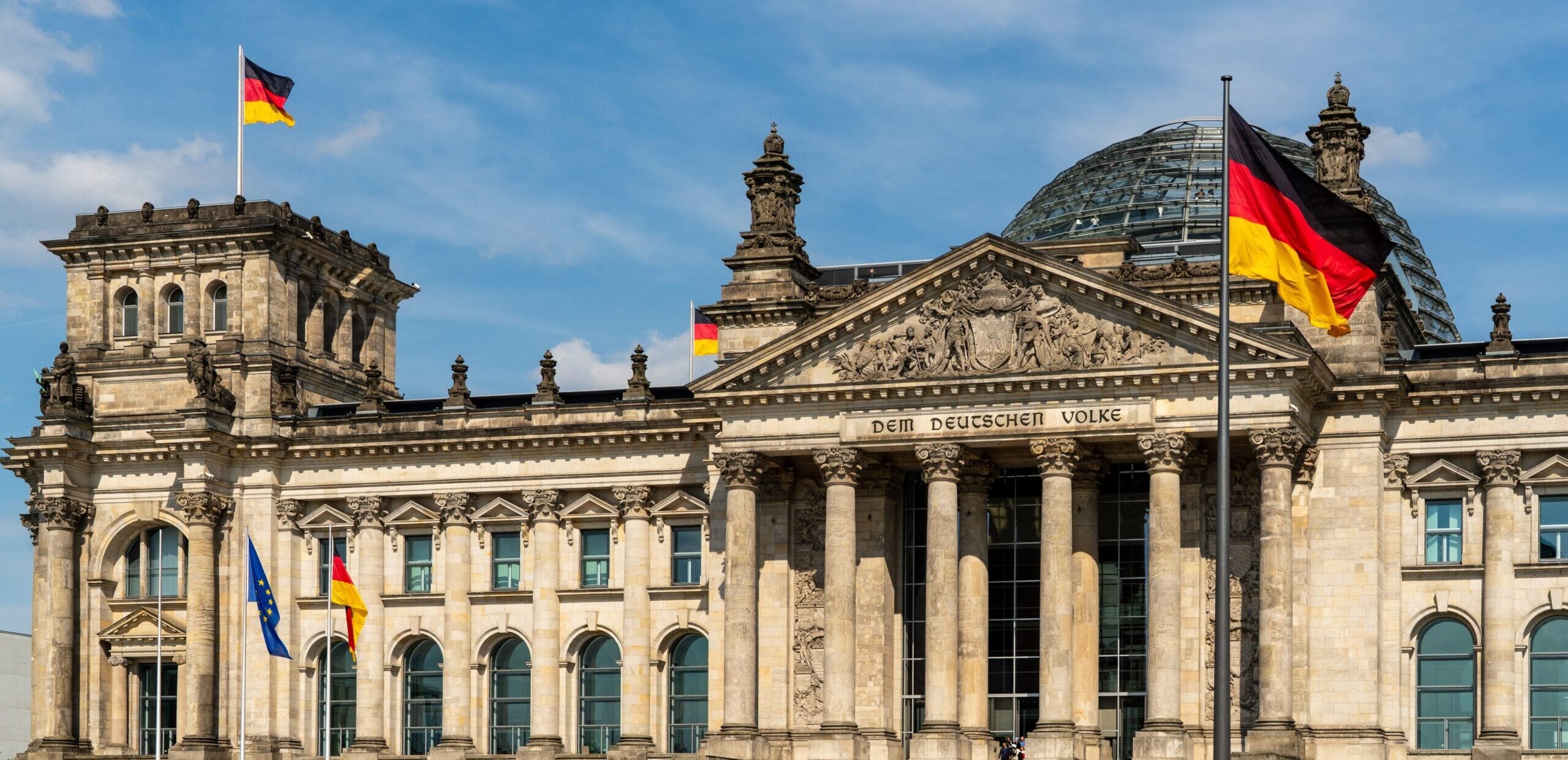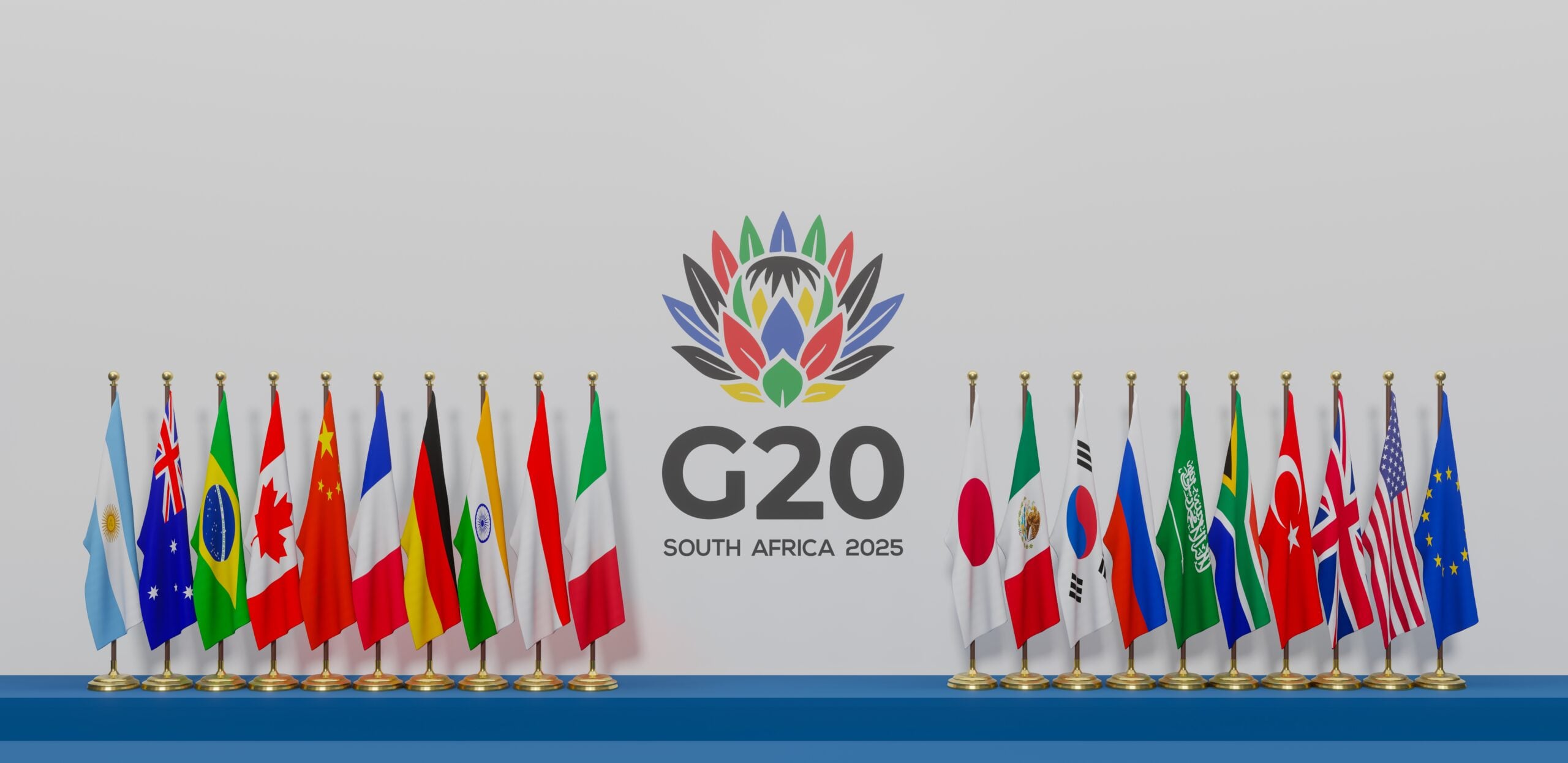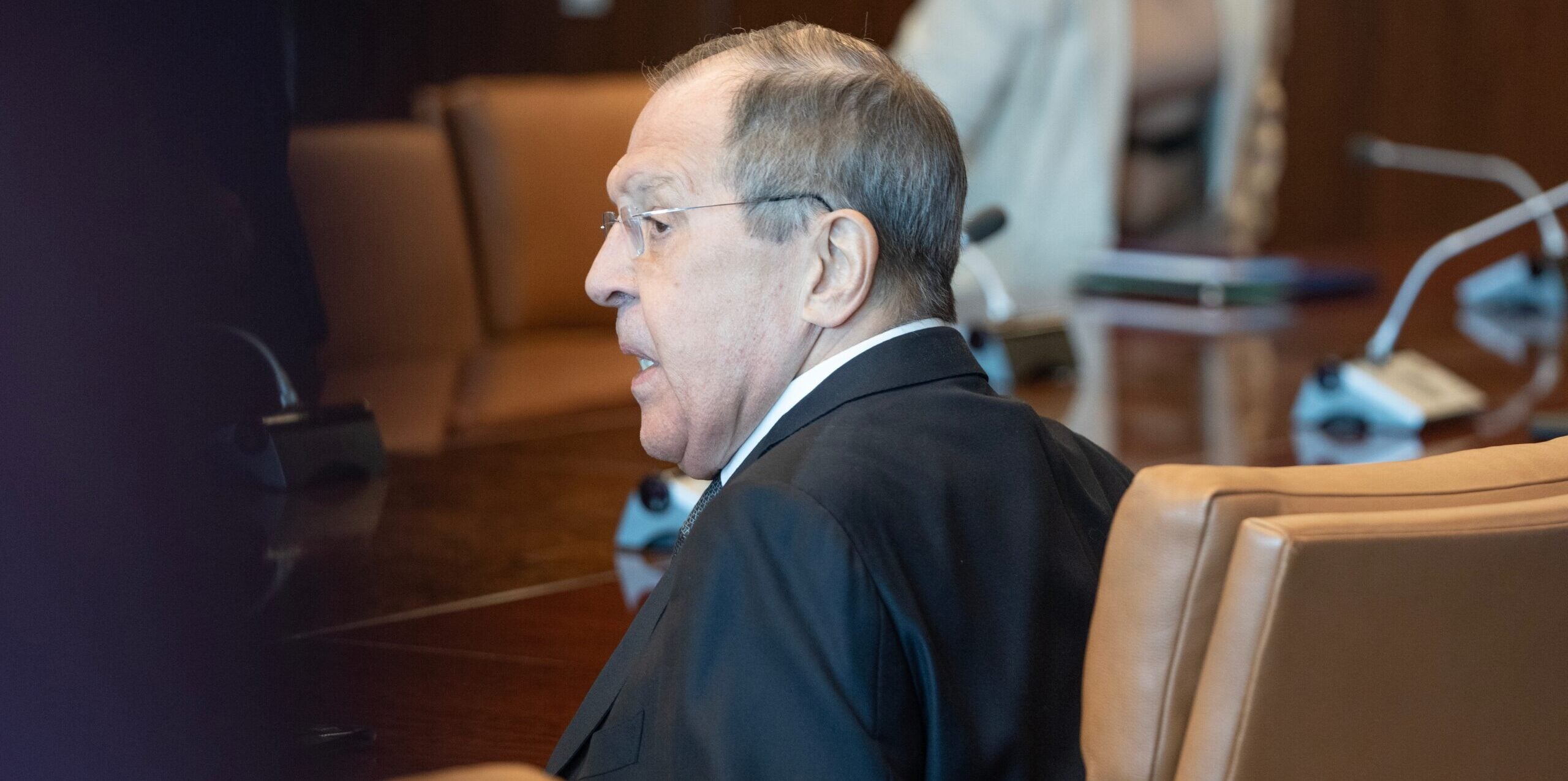

by Kristina Hook, Assistant Professor of Conflict Management at Kennesaw State University’s School of Conflict Management, Peacebuilding, and Development, Nonresident Senior Fellow at Atlantic Council
Source: Atlantic Council
US President Donald Trump’s latest bid to broker a deal between Russia and Ukraine has sparked a flurry of diplomatic activity in recent days, with officials from Washington, Kyiv, Moscow, and across Europe all seeking to shape the contours of a possible agreement. For now, discussion has centered on immediate matters, such as the wording of security guarantees. However, the far deeper historical roots that have long driven Russian violence against Ukraine also hold important policy implications for any peace process.
Given Moscow’s enduring ideological extremism toward Ukraine, renewed attempts at hidden and open warfare are likely. For this reason, the lasting success of Trump’s plan will depend not only on its terms, but on the strength and logistics of the enforcement measures that accompany it.
Moscow’s current aggression against Ukraine is neither new nor unprecedented. It is, in fact, the latest iteration of a centuries-long Russian campaign to Russify and erase the Ukrainian people. From Peter the Great to Stalin and Putin, generations of Russian tyrants have directed violence at Ukrainians in ways that are deliberate, systematic, and filled with an ideological fervor that must be confronted.
Every city the Russian military bombs, every child it kidnaps, every Ukrainian life it destroys today can only be understood within the long genealogy of Russia’s imperialistic state ideology. For centuries, this violent brand of expansionism has been directed at Ukraine.
The present full-scale invasion of Ukraine will soon pass the four-year mark, but the war did not begin in 2022. It was preceded by eight years of warfare in eastern Ukraine following Russia’s 2014 seizure of Crimea. This has been recognized by the European Court of Human Rights, which has ruled that Russia has been conducting sustained military operations in Ukraine since at least 2014. But even this is only the most recent chapter in a far older story.
During the eras of the Russian Empire and the Soviet Union, the authorities consistently pursued policies aimed at dismantling Ukrainian identity. Tactics included banning the Ukrainian language, repressing cultural and religious leaders, and imprisoning advocates of Ukrainian independence.
Most devastatingly, Stalin and his regime engineered an artificial famine in the 1930s that killed at least four million Ukrainians in less than two years. Today, this deliberate mass starvation of Ukrainians is known as the Holodomor (“killing by hunger”). No outlier, the Holodomor was central to a broader Soviet campaign aimed at breaking Ukrainian resistance and other assertions of political autonomy. The lawyer who coined the term “genocide,” Raphael Lemkin, identified this attempt to destroy the Ukrainian nation as the “classic example” of Soviet genocide.
What unites these episodes is not only the violence itself but the ideology behind it. Moscow’s long history of crimes in Ukraine reflects an imperial worldview that treats human beings as resources to be harnessed for the state and as obstacles to be eliminated in the pursuit of total domination.
Cover: Shutterstock










